Home>Technology>Smart Home Devices>How To Block Websites On A Wi-Fi Router


Smart Home Devices
How To Block Websites On A Wi-Fi Router
Modified: January 9, 2024
Learn how to block websites on your Wi-Fi router and enhance security for your smart home devices with our step-by-step guide. Protect your network and control internet access easily.
(Many of the links in this article redirect to a specific reviewed product. Your purchase of these products through affiliate links helps to generate commission for Storables.com, at no extra cost. Learn more)
Introduction
In the age of digital connectivity, Wi-Fi routers have become the backbone of our online existence. They enable seamless access to the internet, empowering users with a wealth of information and entertainment. However, in certain scenarios, it becomes necessary to regulate and control the content accessible through the Wi-Fi network. This is particularly relevant in households and organizations where the need to block specific websites arises.
Whether it's to ensure a child-friendly browsing environment, maintain productivity in a workplace, or enforce compliance with regulatory requirements, the ability to block certain websites on a Wi-Fi router can be invaluable. This article delves into the various methods available for achieving this goal, providing insights into both technical and user-friendly approaches.
By understanding the underlying mechanisms and available tools for website blocking, individuals and network administrators can exercise greater control over the content accessible through their Wi-Fi networks. From leveraging advanced DNS filtering to utilizing built-in router settings and third-party software, the methods explored in this article cater to a diverse range of technical proficiencies and preferences.
As we embark on this exploration, it's important to recognize the significance of balancing freedom and control in the digital realm. The ability to block websites on a Wi-Fi router is not merely about imposing restrictions; rather, it's about fostering a secure and conducive online environment that aligns with the specific needs and values of the users. With this in mind, let's delve into the multifaceted landscape of website blocking on Wi-Fi routers, empowering individuals and organizations to curate their online experiences effectively.
Key Takeaways:
- Parents, employers, and individuals can use Wi-Fi routers to block specific websites for child safety, workplace productivity, and personal preferences. Methods include OpenDNS, router settings, and third-party software.
- By leveraging OpenDNS, router settings, or third-party software, users can customize website blocking to create a secure and tailored online environment. This empowers individuals and organizations to shape their digital experiences effectively.
Read more: How To Block EMF From A Wi-Fi Router
Understanding the Need to Block Websites
As the internet continues to evolve into an indispensable aspect of modern life, the need to regulate online content has become increasingly pertinent. In the context of Wi-Fi routers, the ability to block specific websites serves a multitude of purposes, each catering to distinct user requirements and objectives.
1. Parental Control: One of the most prevalent reasons for implementing website blocking on a Wi-Fi router is to enforce parental control over the content accessible to children and adolescents. By restricting access to inappropriate or harmful websites, parents can create a safer online environment for their family members, mitigating exposure to explicit or age-inappropriate material.
2. Workplace Productivity: In organizational settings, the need to maintain a focused and productive work environment often necessitates the restriction of certain websites. By blocking access to social media platforms, gaming sites, or other non-work-related content, employers can minimize distractions and enhance employee efficiency.
3. Compliance and Security: From a security and compliance standpoint, blocking specific websites on a Wi-Fi router can be crucial for adhering to regulatory requirements and safeguarding sensitive information. By preventing access to potentially malicious or unauthorized websites, organizations can fortify their network security and minimize the risk of data breaches or cyber threats.
4. Educational Institutions: Educational institutions frequently utilize website blocking on Wi-Fi routers to ensure that students remain focused on relevant academic resources and to uphold acceptable use policies. This approach supports a conducive learning environment while mitigating the potential impact of inappropriate or distracting online content.
5. Personal Preferences: On an individual level, the need to block specific websites may stem from personal preferences, such as curating a distraction-free browsing experience, managing time spent on certain websites, or mitigating exposure to potentially harmful content.
By understanding the diverse motivations behind website blocking, it becomes evident that this capability transcends mere restriction; rather, it embodies a proactive approach to shaping online experiences in alignment with individual and organizational objectives. The forthcoming exploration of methods to block websites on a Wi-Fi router will cater to these varied needs, offering versatile solutions that empower users to exercise greater control over their digital environments.
Methods to Block Websites on a Wi-Fi Router
When it comes to implementing website blocking on a Wi-Fi router, several methods are available, each offering distinct advantages and considerations. From leveraging advanced DNS filtering to utilizing built-in router settings and third-party software, the following methods cater to a diverse range of technical proficiencies and preferences, empowering users to regulate online content effectively.
1. Using OpenDNS: OpenDNS provides a robust and user-friendly platform for implementing website blocking at the DNS level. By configuring the Wi-Fi router to utilize OpenDNS servers, users can create custom filtering policies to block specific websites based on categories such as adult content, social media, gaming, and more. This method offers centralized control and is particularly suitable for households and small to medium-sized businesses seeking an accessible yet powerful solution for website blocking.
2. Using Router Settings: Many modern Wi-Fi routers come equipped with built-in website blocking features that enable users to specify which websites to block directly from the router’s settings interface. This method typically involves accessing the router’s administrative console through a web browser and navigating to the relevant security or parental control section to input the URLs of the websites to be blocked. While the specific steps may vary based on the router model, this approach provides a convenient and integrated solution for implementing website blocking.
3. Using Third-Party Software: For users seeking more advanced and customizable website blocking capabilities, third-party software solutions are available to integrate with Wi-Fi routers. These software applications often offer granular control over website access, allowing users to create custom blacklists and whitelists, schedule access restrictions, and monitor internet usage. While this method may require a higher level of technical proficiency and, in some cases, a subscription fee, it provides extensive flexibility and control over website blocking policies.
By exploring these methods, users can identify the approach that best aligns with their technical aptitude, network infrastructure, and specific requirements. Whether prioritizing user-friendly implementation, seamless integration with existing router settings, or advanced customization, the diverse methods for blocking websites on a Wi-Fi router cater to a broad spectrum of user preferences and organizational needs. As we delve into the intricacies of each method, readers will gain valuable insights into the practical implementation and benefits of website blocking, empowering them to curate a secure and tailored online environment.
Method 1: Using OpenDNS
OpenDNS offers a powerful and accessible method for implementing website blocking on a Wi-Fi router. By leveraging OpenDNS, users can establish custom filtering policies to block specific websites or categories of content, providing centralized control over the accessibility of online resources. The following steps outline the process of utilizing OpenDNS for website blocking:
Step 1: Create an OpenDNS Account: To commence the website blocking configuration, users must create an account on the OpenDNS website. This account serves as the centralized platform for managing DNS filtering policies and customizing website access restrictions based on individual preferences and requirements.
Step 2: Configure Wi-Fi Router DNS Settings: After creating an OpenDNS account, users need to access the administrative console of their Wi-Fi router. Within the router settings, the DNS servers provided by OpenDNS are inputted, thereby directing all DNS queries from devices connected to the Wi-Fi network through the OpenDNS infrastructure.
Step 3: Customize Filtering Policies: With the DNS settings configured to utilize OpenDNS, users can proceed to customize filtering policies based on their specific website blocking needs. OpenDNS offers a range of pre-defined categories such as adult content, social media, gaming, and more, allowing users to selectively block entire categories of websites with a single configuration.
Step 4: Block Specific Websites: In addition to category-based blocking, OpenDNS enables users to specify individual websites for blocking. By inputting the URLs of specific websites into the custom blacklist, users can ensure that access to these websites is restricted across all devices connected to the Wi-Fi network.
Step 5: Apply and Monitor Filtering Policies: Upon finalizing the custom filtering policies, users can apply the configurations and monitor the effectiveness of the website blocking measures. OpenDNS provides insights and reporting features that allow users to track website access attempts, identify blocked requests, and refine filtering policies as needed.
By leveraging OpenDNS for website blocking on a Wi-Fi router, users can establish a comprehensive and centralized approach to regulating online content. The platform’s intuitive interface, customizable filtering options, and robust reporting capabilities empower users to create a tailored browsing environment that aligns with their specific objectives, whether it involves promoting online safety for children, enhancing productivity in a professional setting, or enforcing compliance with organizational policies.
As we delve into the practical implementation of website blocking using OpenDNS, readers will gain valuable insights into the seamless integration of DNS filtering with Wi-Fi routers, equipping them with the knowledge to leverage this method effectively for their website blocking needs.
Access your router’s settings by typing its IP address into your web browser. Look for the “Parental Controls” or “Access Control” section to block specific websites by entering their URLs.
Method 2: Using Router Settings
Many modern Wi-Fi routers are equipped with built-in website blocking features that provide users with a convenient and integrated solution for regulating online content. By leveraging the router’s settings interface, users can directly specify which websites to block, thereby exercising granular control over the accessibility of online resources. The following steps outline the process of utilizing router settings for website blocking:
Step 1: Access the Router’s Administrative Console: To initiate the website blocking configuration, users must access the administrative console of their Wi-Fi router. This is typically achieved by entering the router’s IP address into a web browser, which grants access to the router’s settings interface.
Step 2: Navigate to the Security or Parental Control Section: Within the router’s settings interface, users should navigate to the security or parental control section, where website blocking and access restriction features are often located. The specific location of these features may vary based on the router model and firmware.
Step 3: Input URLs of Websites to Block: Once within the relevant section, users can input the URLs of specific websites that they wish to block. This direct approach allows for precise website-level blocking, enabling users to curate a tailored browsing environment based on their unique requirements.
Step 4: Save and Apply the Configuration: After inputting the URLs of the websites to block, users should save and apply the configuration within the router’s settings interface. This ensures that the specified websites are effectively blocked, and the access restrictions are enforced across all devices connected to the Wi-Fi network.
Step 5: Test and Refine the Website Blocking Measures: Following the application of the website blocking configuration, users can test the effectiveness of the access restrictions by attempting to access the blocked websites from devices connected to the Wi-Fi network. This allows for validation of the blocking measures and provides an opportunity to refine the configuration as needed.
By utilizing the built-in website blocking features within Wi-Fi routers, users can seamlessly integrate access restrictions into their network infrastructure, fostering a secure and tailored online environment. This method offers a user-friendly and integrated approach to website blocking, catering to individuals and organizations seeking a straightforward yet effective solution for regulating online content.
As we delve into the practical implementation of website blocking using router settings, readers will gain valuable insights into the seamless integration of access restrictions within the native capabilities of Wi-Fi routers, empowering them to curate a browsing experience that aligns with their specific needs and preferences.
Method 3: Using Third-Party Software
For users seeking advanced and customizable website blocking capabilities on their Wi-Fi routers, third-party software solutions offer extensive flexibility and control over online content regulation. These software applications integrate with Wi-Fi routers to provide granular control over website access, enabling users to create custom blacklists and whitelists, schedule access restrictions, and monitor internet usage. The following steps outline the process of utilizing third-party software for website blocking:
Step 1: Research and Select a Compatible Third-Party Software: The first step involves researching and selecting a third-party software solution that is compatible with the user’s Wi-Fi router model and aligns with their specific website blocking requirements. It’s essential to choose a reputable software provider with a track record of delivering effective and user-friendly website blocking capabilities.
Step 2: Install and Configure the Third-Party Software: Once the preferred third-party software is selected, users should follow the installation and configuration instructions provided by the software provider. This typically involves downloading the software onto a designated device within the network and configuring it to integrate with the Wi-Fi router to enforce website blocking policies.
Step 3: Create Custom Blacklists and Whitelists: With the third-party software installed and integrated with the Wi-Fi router, users can create custom blacklists and whitelists to specify which websites are to be blocked or allowed. This level of customization allows for precise control over website access, empowering users to curate a browsing environment that aligns with their unique requirements.
Step 4: Schedule Access Restrictions: Many third-party software solutions offer the ability to schedule access restrictions, enabling users to define specific time periods during which certain websites are blocked or accessible. This feature is particularly valuable for enforcing internet usage policies in households, educational institutions, and workplaces.
Step 5: Monitor and Adjust Website Blocking Policies: Following the implementation of website blocking measures, users can monitor internet usage and access attempts to ensure that the configured policies are effectively enforced. Additionally, the ability to adjust website blocking policies based on evolving requirements and usage patterns is integral to maintaining a secure and conducive online environment.
By leveraging third-party software for website blocking on Wi-Fi routers, users can harness advanced customization and monitoring capabilities to regulate online content in alignment with their specific objectives. This method caters to individuals and organizations seeking a comprehensive and tailored approach to website blocking, empowering them to exercise precise control over the accessibility of online resources.
As we explore the practical implementation of website blocking using third-party software, readers will gain valuable insights into the advanced features and customization options available, equipping them with the knowledge to leverage this method effectively for their website blocking needs.
Conclusion
As we conclude our exploration of website blocking on Wi-Fi routers, it becomes evident that the ability to regulate online content is integral to fostering a secure, productive, and tailored browsing environment. Whether driven by the need to ensure child-friendly internet access, maintain workplace productivity, enforce compliance and security measures, or curate personal browsing experiences, the methods discussed in this article offer versatile solutions that cater to a diverse range of user requirements and technical proficiencies.
From leveraging advanced DNS filtering with OpenDNS to utilizing built-in router settings and integrating third-party software, users have access to a spectrum of approaches for implementing website blocking measures. Each method presents unique advantages and considerations, empowering individuals and organizations to curate their online experiences effectively.
It’s essential to recognize that website blocking on Wi-Fi routers is not merely about imposing restrictions; rather, it embodies a proactive approach to shaping online experiences in alignment with individual and organizational objectives. By exercising greater control over the accessibility of online resources, users can create a browsing environment that aligns with their values, priorities, and security considerations.
Furthermore, the seamless integration of website blocking measures into Wi-Fi router infrastructure underscores the significance of balancing freedom and control in the digital realm. This integration empowers users to navigate the online landscape with confidence, knowing that they have the tools to mitigate exposure to potentially harmful or distracting content while promoting a secure and conducive browsing environment.
As technology continues to evolve and the digital landscape expands, the methods and tools for website blocking on Wi-Fi routers will adapt to meet the evolving needs of users. By staying informed about the available solutions and embracing the opportunities for customization and control, individuals and organizations can navigate the online realm with confidence, knowing that they have the means to shape their digital experiences effectively.
In essence, the methods explored in this article serve as gateways to a secure, tailored, and productive online environment, empowering users to curate their browsing experiences in alignment with their unique requirements and preferences. With the knowledge gained from this exploration, readers are equipped to leverage the diverse methods for website blocking on Wi-Fi routers, shaping their digital experiences with confidence and purpose.
Frequently Asked Questions about How To Block Websites On A Wi-Fi Router
Was this page helpful?
At Storables.com, we guarantee accurate and reliable information. Our content, validated by Expert Board Contributors, is crafted following stringent Editorial Policies. We're committed to providing you with well-researched, expert-backed insights for all your informational needs.
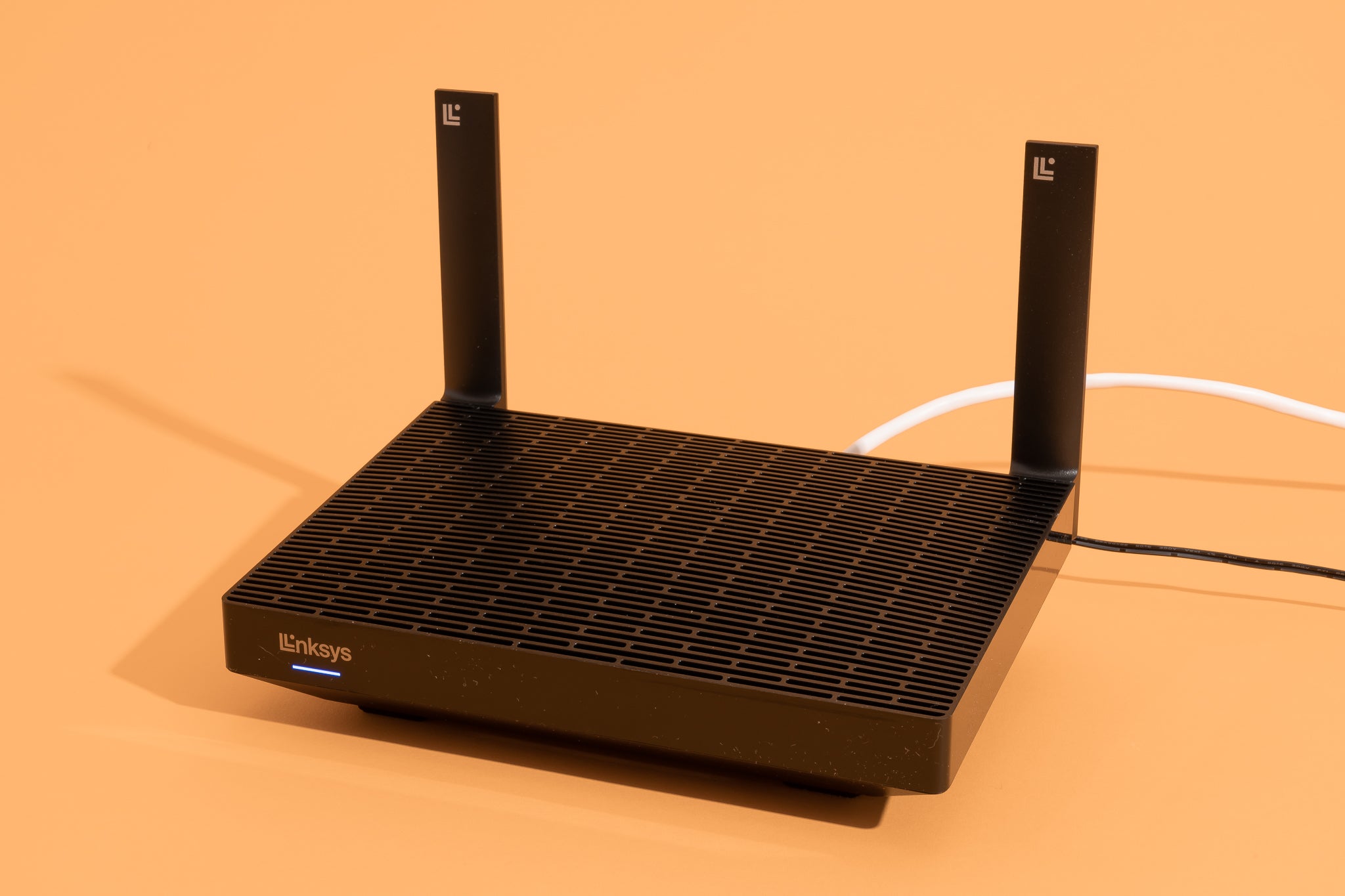

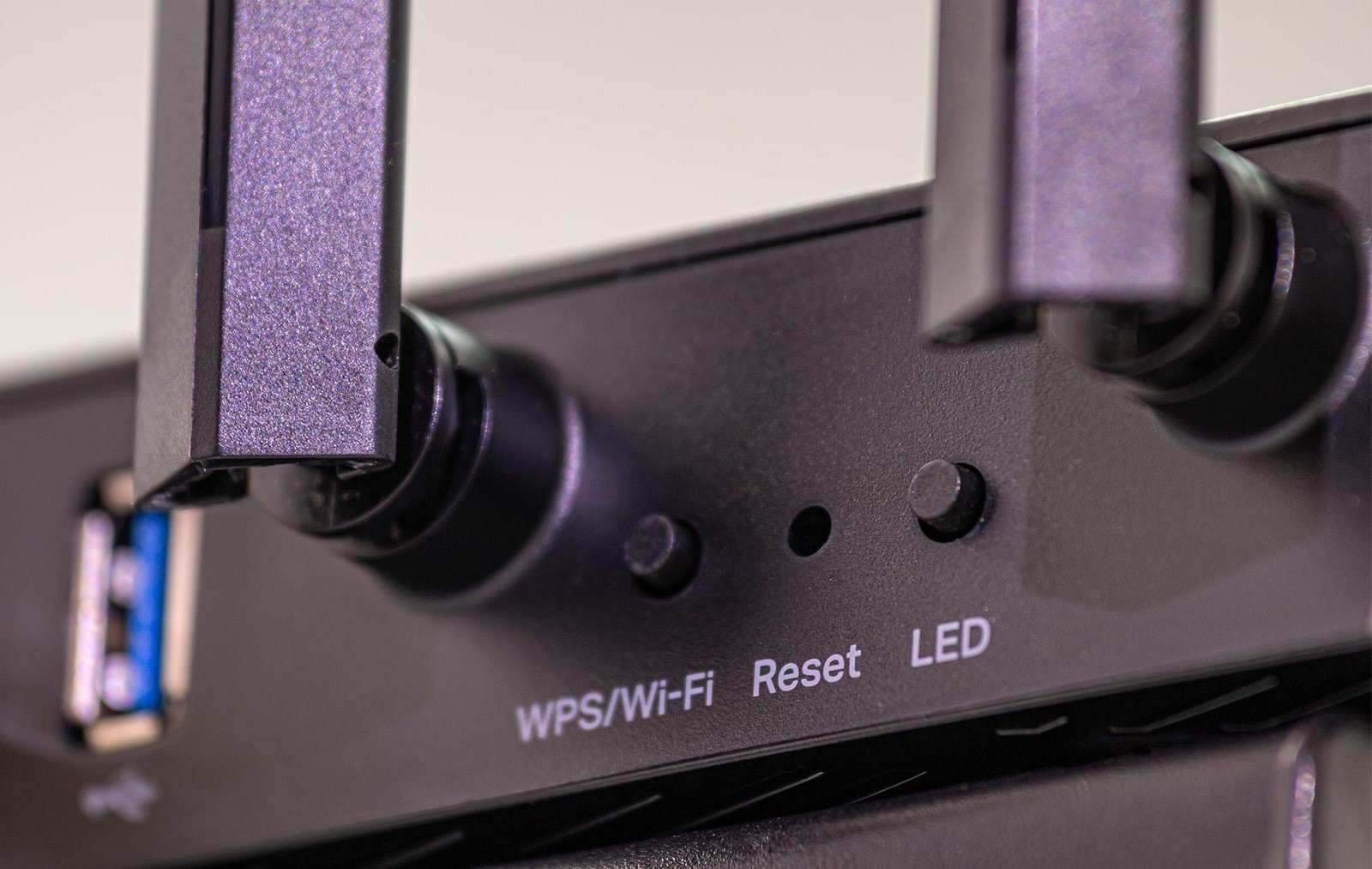





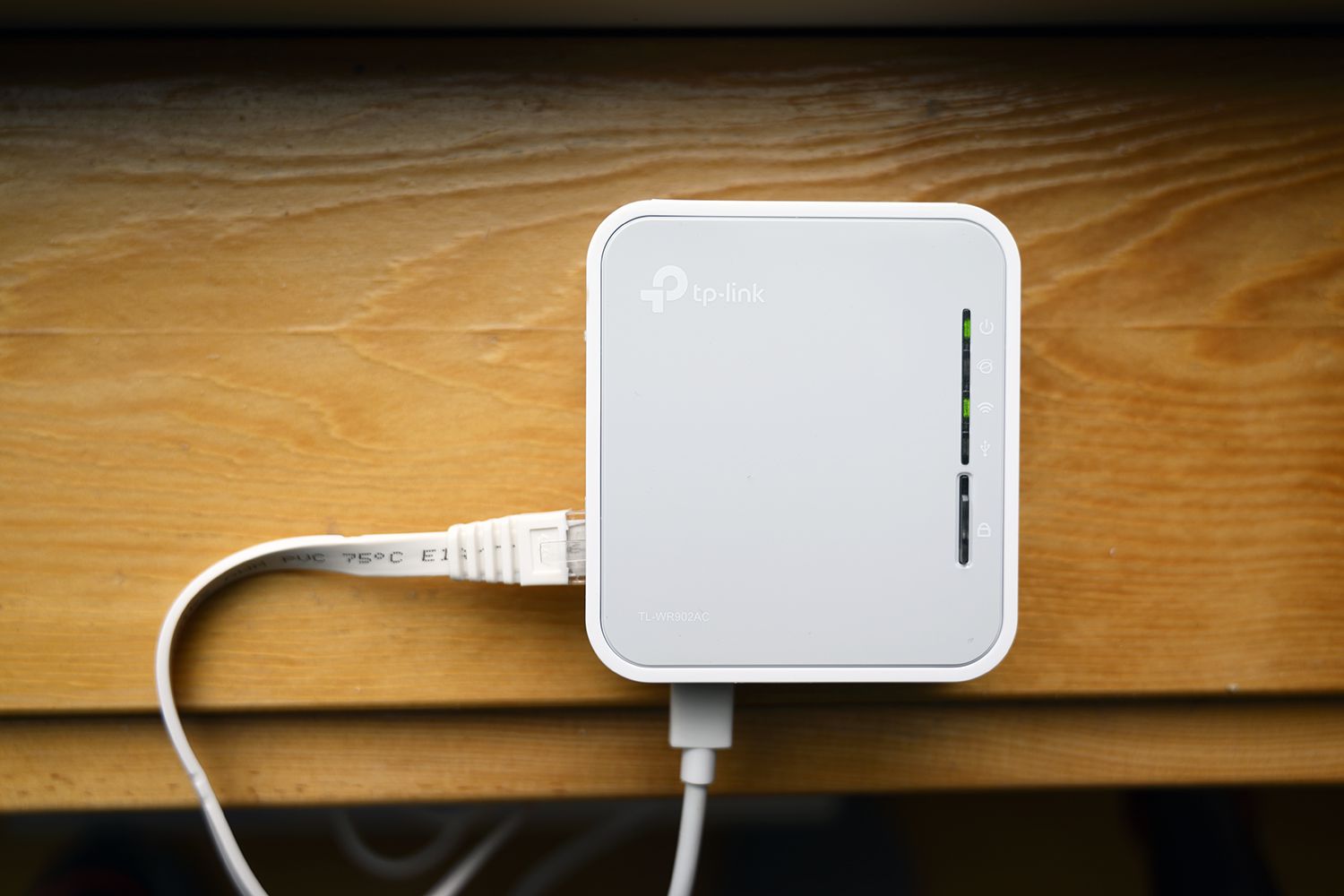
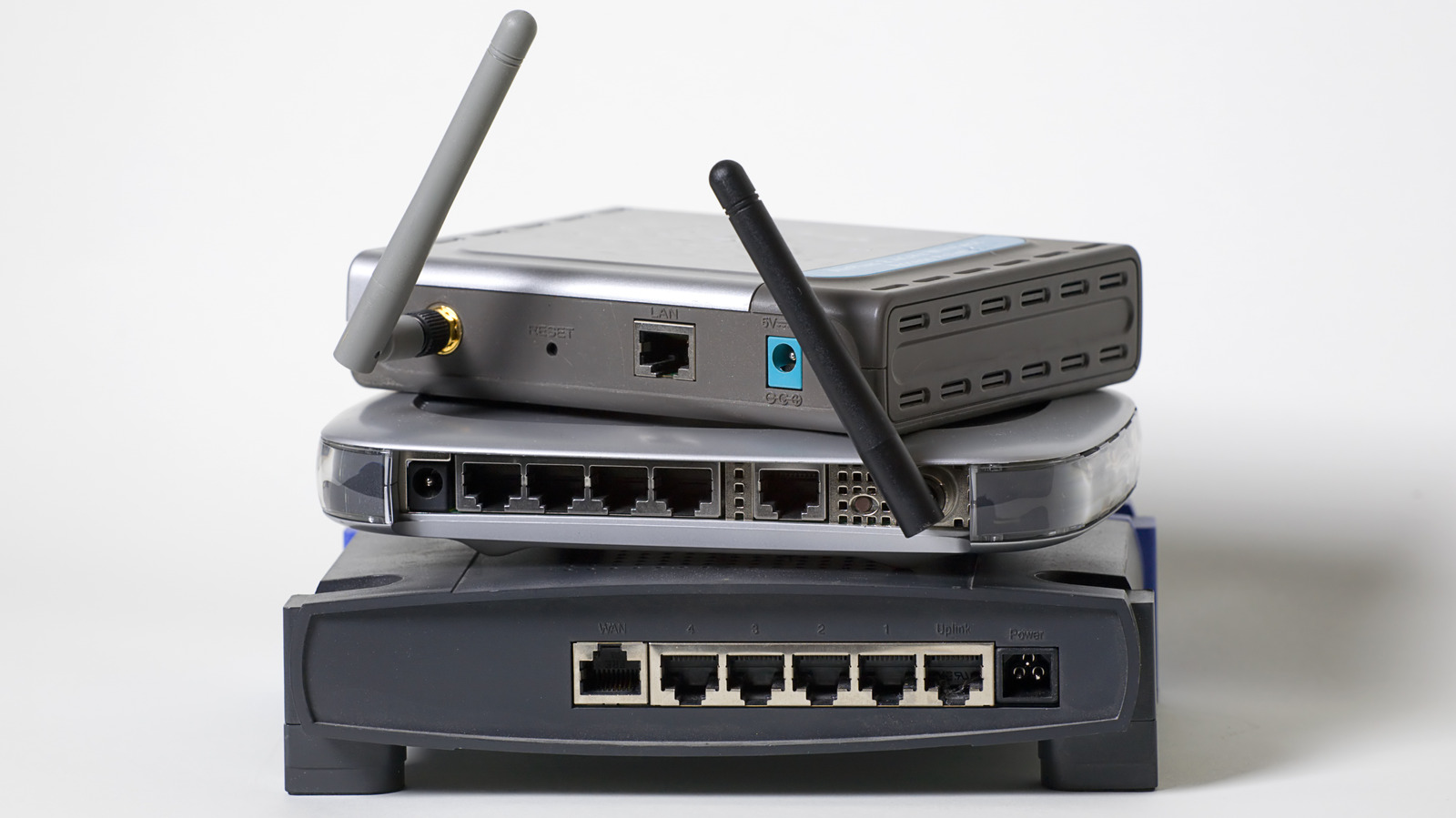

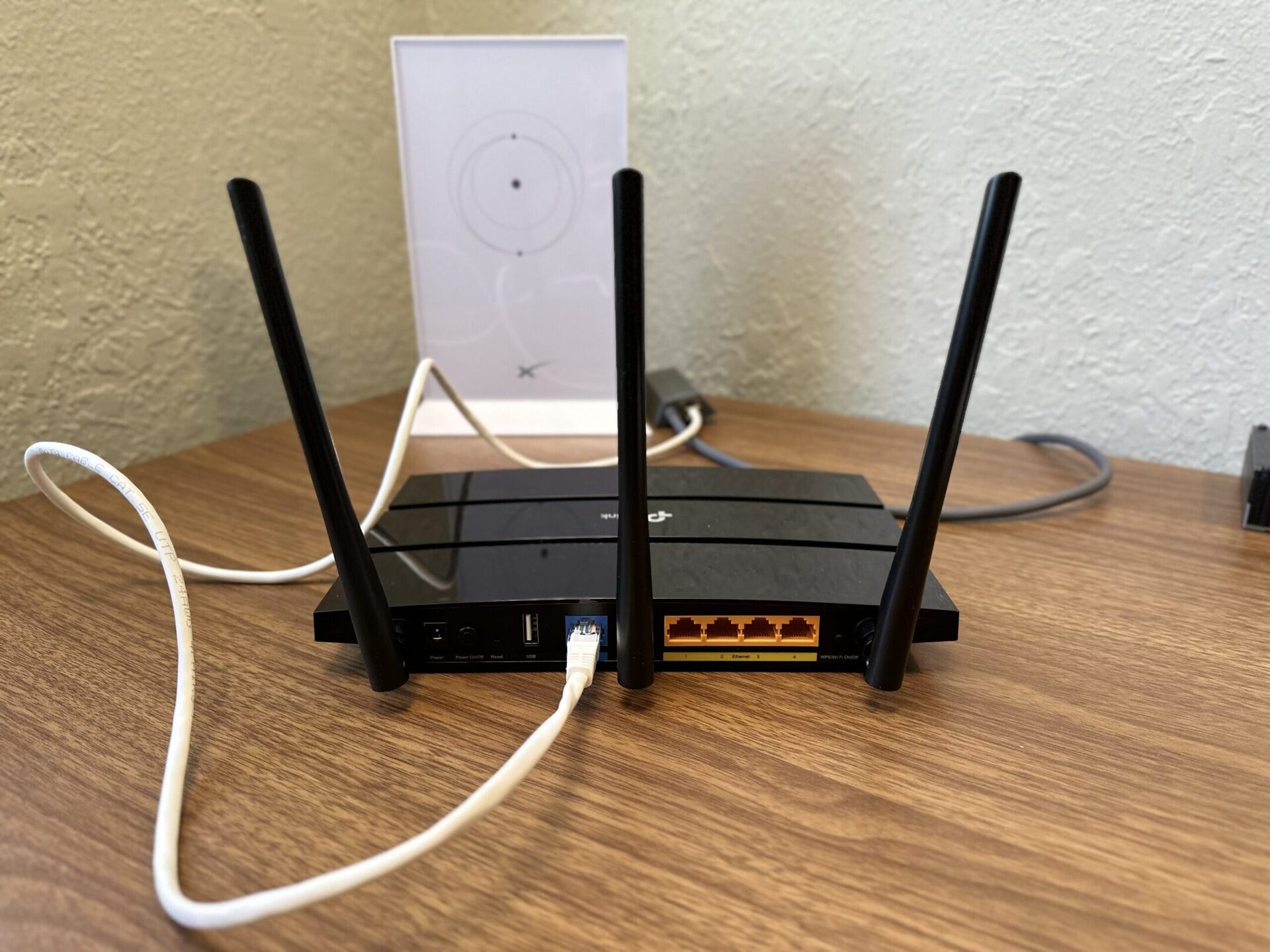



0 thoughts on “How To Block Websites On A Wi-Fi Router”